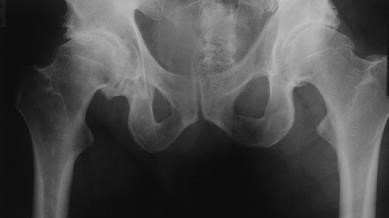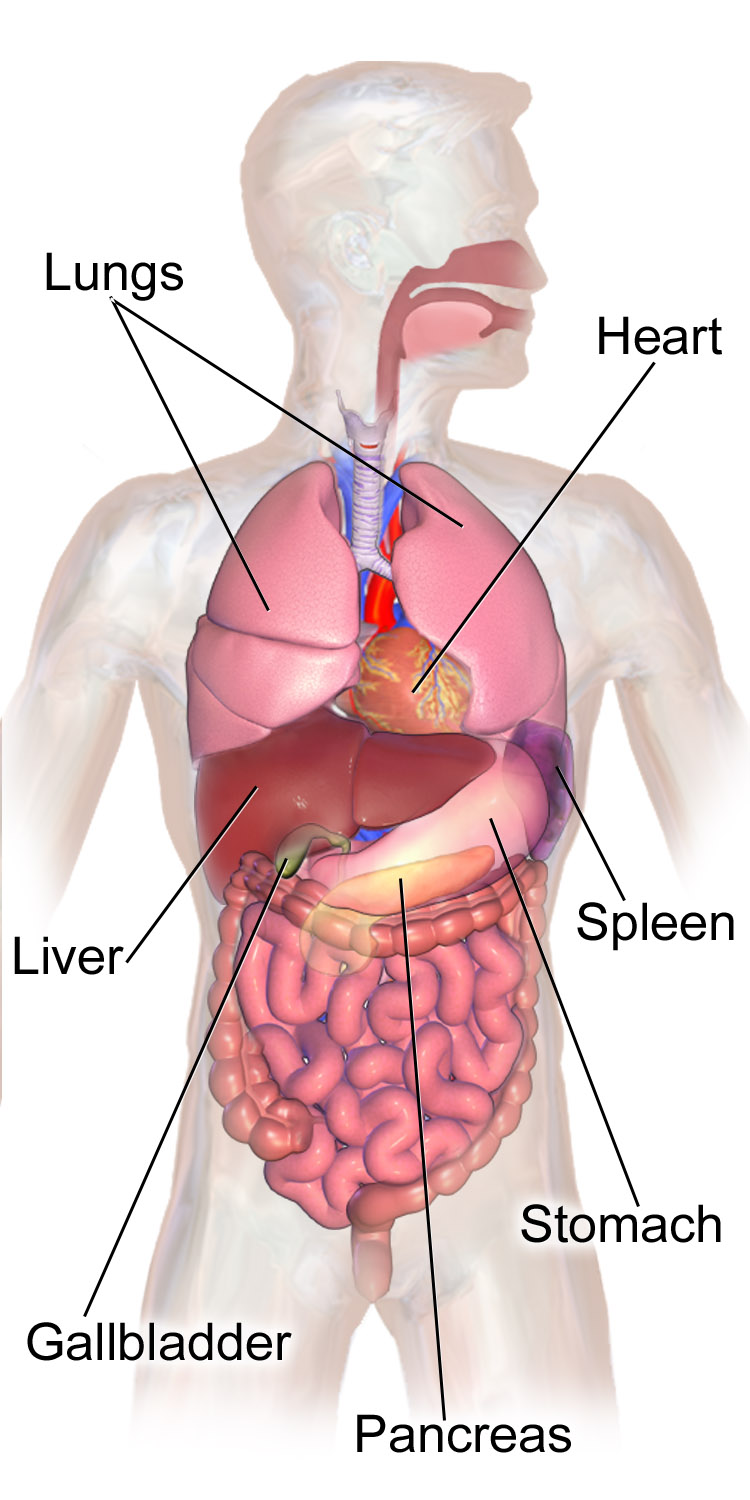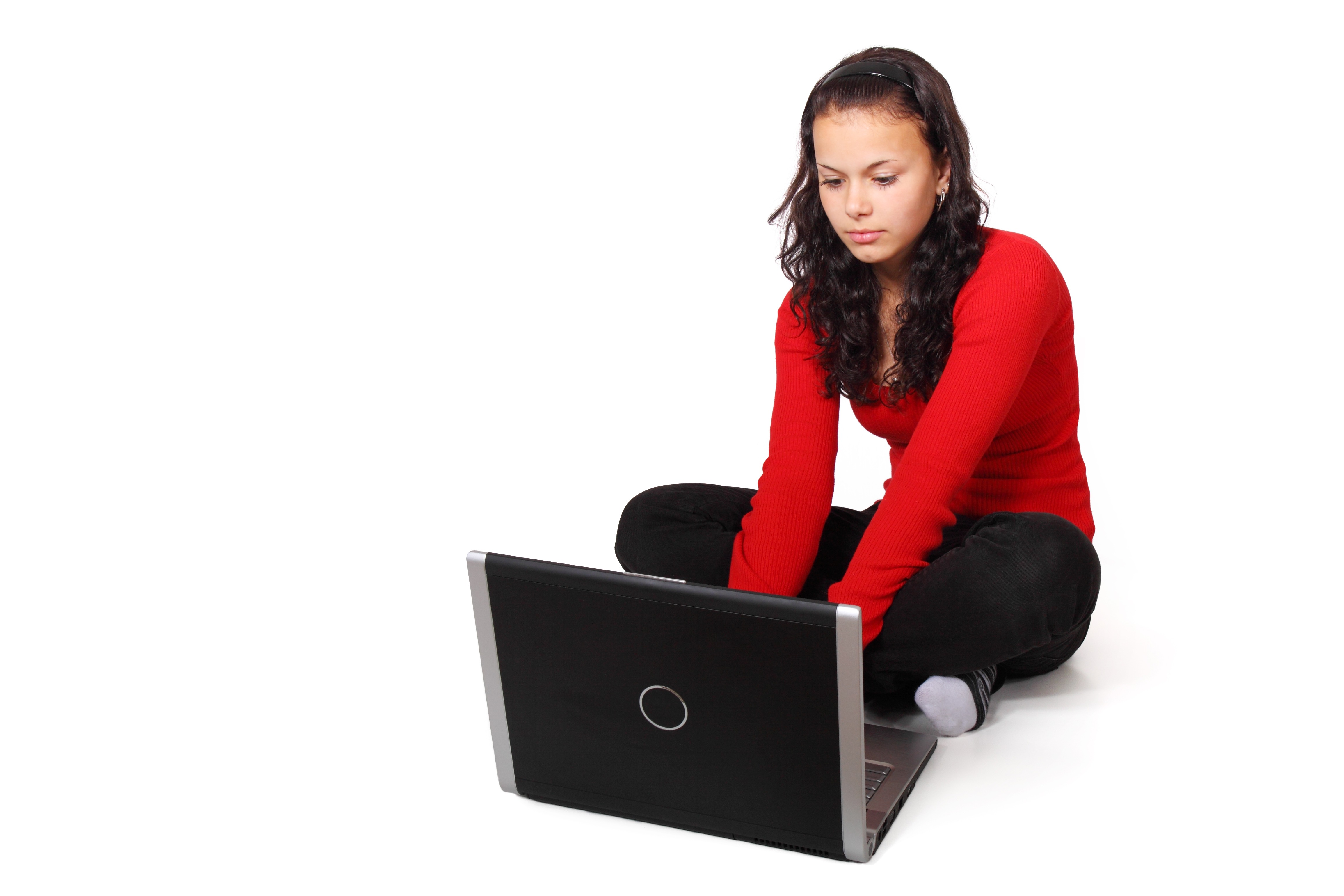
The Left AIC pattern
You are not symmetrical. You probably know this already. You have a favourite or preferred hand. You might even have a preferred foot. But what you might not be aware of is that you probably have a favourite eye, a favourite nostril and even a favourite lung. Even further, in the vast majority of cases it's the same favourite side for everyone!

On a deep level, humans are different left to right. Our organs look different side to side and that means what we can stack, push and squeeze around to stand up against gravity and move in the world is different left to right.
Specifically: we have a liver more on the right side of our bodies which supports our breathing muscle (the diaphragm), and a heart more on the left side of our body that takes up lung space (the left lung has only 2 lobes but the right lung has 3). This asymmetry and the patterns I'll discuss are described in detail by the Postural Restoration Institute™ (PRI).
Basically, these organ asymmetries mean that the deep insides of the human body have a tendency to rotate to the right at the hips - and to the left in the shoulders - every time a breath of air is taken in. This tendency is extremely useful, because it lets us use breath to wind up the torso and start the process of walking. After using breath to wind the right side up, we can use that wound up tension to bring the left foot forward and then start to alternate side to side as we walk. Brilliant! Except....when we don't alternate properly. This is when patterning comes in.

The human body is exceptionally adaptive, and whatever you're doing or not doing it will get better at. In this society, what a lot of people do is sit down. From primary school to high school to university to work, we do a lot of sitting down. Which requires some different body mechanics than walking. Sitting requires stacking and stability, and the way to get that is to use the natural twist of the organs. It's easiest to sit with the organs wound up to the right.

So, when a lot of sitting takes place our body gets better at it and adapts the muscle patterns. Specifically, the chain of muscles in the left lower body - known by PRI as the Left Anterior Interior Chain (Left AIC) - stays ever ready to swing that left leg forwards in the first step of walking. Over time it adapts to being shorter than the other side. Which means it's always a little more active, a little more toned than the right. This turns into a problem when we try to stand up, because the Left AIC muscles are already low-level trying to swing the left leg, so we're not able to swing the left leg as much because we're already swinging it. This compunds into a bigger problem when we try to stand on the left leg, because the Left AIC muscles have to know how to turn off or the muscles that let us stand on that leg won't turn on.
If these muscles don't turn off, we don't just fall over and give up on walking. We find intuitive, ingenious solutions to counter-rotate against the Left AIC muscles. We lean or list while walking to control our centre of balance. We recruit back muscles, neck muscles, foot muscles, pelvic floor muscles, even jaw muscles to fight the over-active leg muscles. But in the process we start to create patterns of movement that cause us pain and tension and keep us on high-alert the whole time.
This can create symptoms like:
- Quad tightness, in the left or both sides (each for different reasons)
- Piriformis syndrome or 'sciatic' like pain on the right (strained) or the left (compressed)
- Tight, tense right adductors
- Pinching in the hips (impingement)
- Popping in the hips (snapping hip syndrome or instability)
- Lower back pain, especially on the right
- Tight sore calf muscles, especially on the left
- Plantar fasciitis
- Patella-femoral syndrome (especially on the left)
- Knee pain on either side
- Reduced big toe mobility (especially on the right)
And that's just in the lower limbs!
Okay, so what can you do about this pattern? Well, there's a set of muscles who work to turn off or inhibit the Left AIC chain. These are the standing muscles, that let us stack bodyweight down a single leg. They are
- Left Hamstrings
- Left Adductor (especially the ischiocondylar fibres)
- Left Gluteus Medius & Minimus (especially the anterior fibres)
- Right Gluteus Maximus (especially the inferior fibres)
Finding and feeling these muscles as they contract sends signals to your brain to shut off the Left AIC pattern, and it opens up the possibility of shifting weight into the left leg and breaking out of these patterns of pain and tension.
Stay tuned for a later post where I'll share a sample 'starter exercise program' to help with finding these muscles and addressing the Left AIC pattern.
